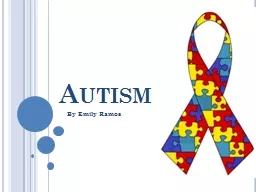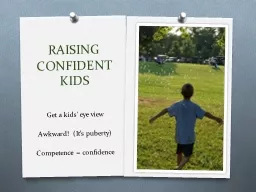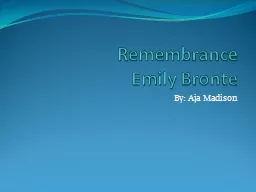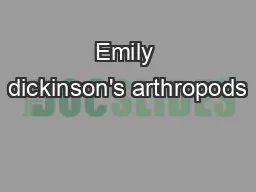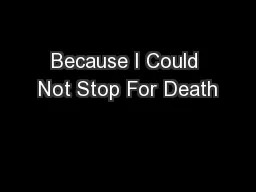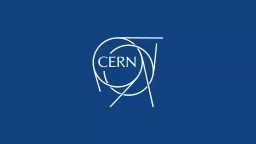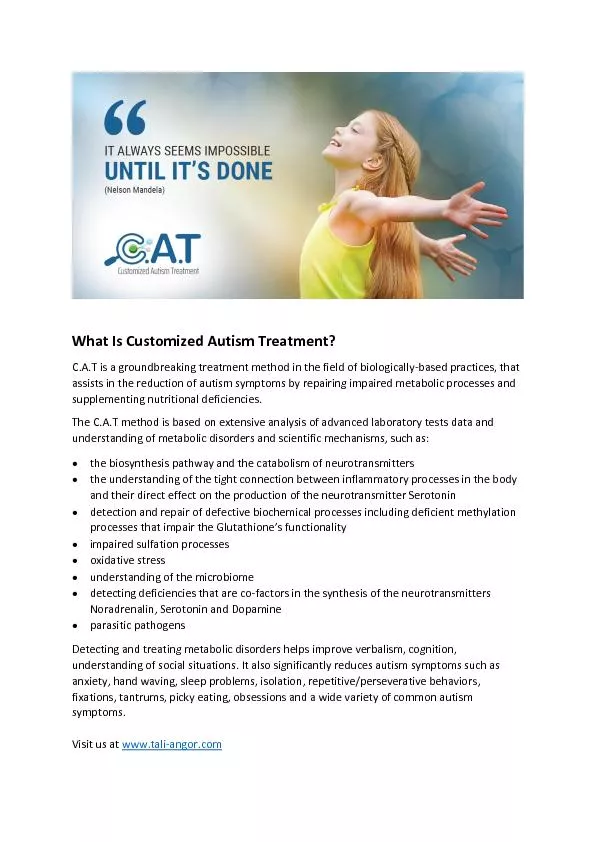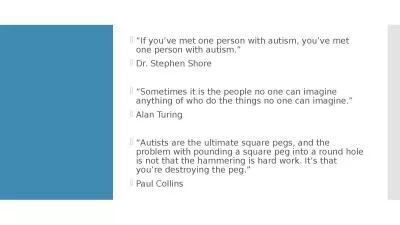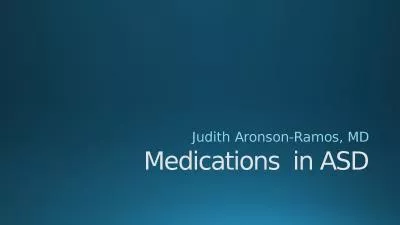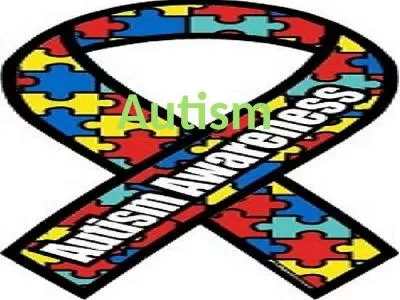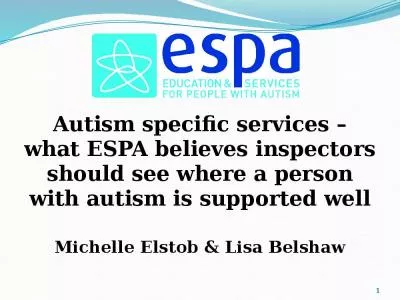PPT-Autism By Emily Ramos What is Autism?
Author : lindy-dunigan | Published Date : 2018-11-05
Autism is a complex developmental disability that is defined by 3 areas of significant impairment social interaction communication restricted and repetitive behaviors
Presentation Embed Code
Download Presentation
Download Presentation The PPT/PDF document "Autism By Emily Ramos What is Autism?" is the property of its rightful owner. Permission is granted to download and print the materials on this website for personal, non-commercial use only, and to display it on your personal computer provided you do not modify the materials and that you retain all copyright notices contained in the materials. By downloading content from our website, you accept the terms of this agreement.
Autism By Emily Ramos What is Autism?: Transcript
Download Rules Of Document
"Autism By Emily Ramos What is Autism?"The content belongs to its owner. You may download and print it for personal use, without modification, and keep all copyright notices. By downloading, you agree to these terms.
Related Documents

